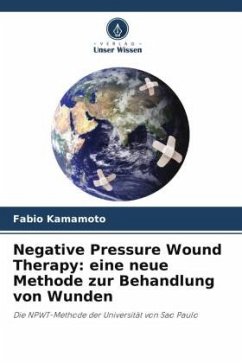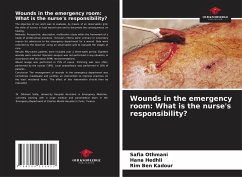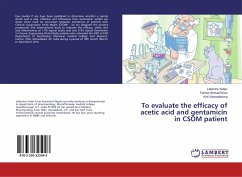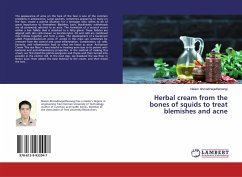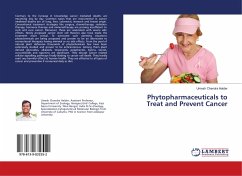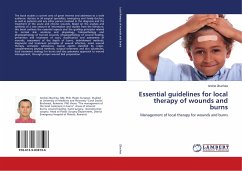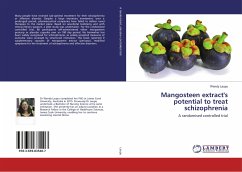
Negative Pressure Wound Therapy: a new method to treat wounds
The University of Sao Paulo NPWT method
Versandkostenfrei!
Versandfertig in 6-10 Tagen
19,99 €
inkl. MwSt.

PAYBACK Punkte
10 °P sammeln!
Negative-pressure wound therapy has been widely adopted to treat a broad range of acute and chronic wounds. The biggest disadvantage of this procedure is its cost, which remains high and generally unaffordable over prolonged use. In 2007, the University of São Paulo (USP) developed a low-cost NPWT that used a pressure stabilizer device. The history of this therapy, the development of this method inside the University of Sao Paulo and the results of the study comparing this new method with the traditional NPWT is the theme of this book.



